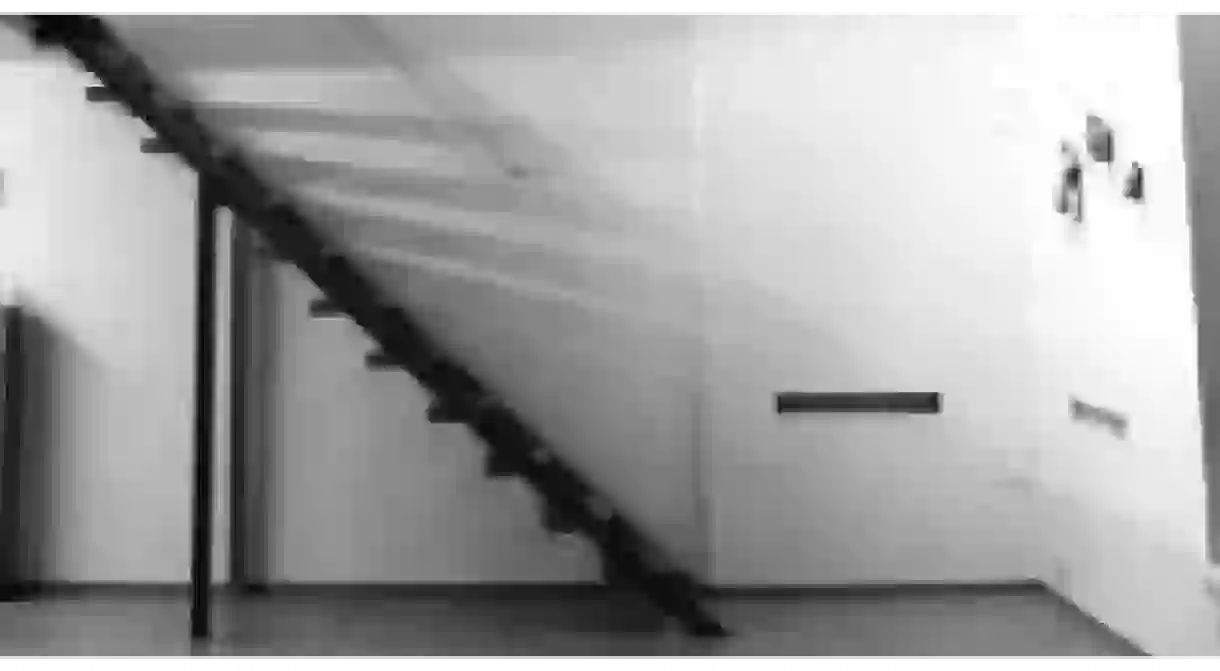The Pinchuk Art Centre Fuels a Revival of Ukrainian Art

The PinchukArtCentre was the first centre for contemporary art in Ukraine. Named after a wealthy businessman, Victor Pinchuk, it now hosts exhibitions by world-renowned artists, national and international art awards and various other art-related jamborees. This centre is part of a myriad of costly initiatives undertaken by Ukrainian oligarchs to boost their country’s international reputation.

In the past decades, Victor Pinchuk has been actively involved in the civic and political affairs of Ukraine, notably by setting up various philanthropic projects such as the Victor Pinchuk Foundation. In 2006, in an effort to diversify his activities, Pinchuk established Ukraine’s first centre for contemporary art, the PinchukArtCentre. Eager to promote emerging Ukrainian artists as much as glamorous global names, the magnate was careful to provide a platform for local and regional artists such as Pavlo Makov, Zhanna Kadyrova and Daniil Galkin, while also inviting world-renowned figures such as Jeff Koons, Anish Kapoor and Damien Hirst. In the same spirit, since 2008 the PinchukArtCentre has hosted a biennale national art award for young Ukrainian artists. The winner not only earns a gratifying cash prize, but he or she also undertakes an apprenticeship with a famous artist. Finally, in 2012 the centre inaugurated its permanent collection, Collection Platform: Circulation Project, featuring selected works from leading local and international contemporary artists.
The PinchukArtCentre is located in the heart of the capital, and sits within an historic building that benefited from a massive makeover in the early 2000s, when French architect Philippe Chiambaretta was chosen to re-design the place. The centre covers 4,000 square meters and occupies no less than six floors – including four floors of exhibition space, a video lounge and a café. In an attempt to instil an appreciation for the arts amongst the population, each exhibition is accompanied by educational activities. In addition, the centre launched the ‘New Curatorial Platform’ in 2011: open to all Ukrainians under the age of 30, this two-year programme offers the participants a theoretical and practical training during which they obtain expertise in various disciplines such as curatorial work, exhibition planning, publishing, and art communication.

In the aftermath of the Cold War, Ukraine waned from the world’s cultural map. This is not only because of the country’s proximity to the flourishing Russian art scene, but also because little or no institution supported the works of local artists. But Victor Pinchuk believes that ‘art is really one of the revolutionary forces in the world, especially in developing countries’ and he has thus strived to see Kiev become a cultural hub. This do-good ‘artistic’ spree is not merely a hobby for the business mogul, who also happens to be the son-in-law of former president Leonid Kuchma: it has become a platform for his larger political ambitions. Pinchuk embraces a vision of grandeur for Ukraine: he fervently promotes his country abroad, and has in fact embarked on an aggressive brand-making campaign to put Ukraine, which is ‘in the middle of nowhere’ as he points out, on the map so that it can play in the ‘highest league’ and speak the ‘most universal language’ – the language of art. Other prominent commercial and non-commercial Ukrainian cultural institutions have also worked towards this objective by bolstering the local art scene. The state-subsidized Mystetskyi Arsenal for instance is currently hosting Arsenale 2012, the first contemporary art biennale in Kiev.
The PinchukArtCentre has successfully built a name for itself, attracting an international crowd – both artists and visitors – and hyped-up local youngsters. This fuels criticism that the centre only appeals to people because it is swanky, and not because its visitors are genuinely interested in art. The centre’s curatorial choices, privileging mainstream artists often associated with nouveau riche taste (or absence of it), prompted yet more negative comments about the unoriginal, market-oriented direction adopted by Eckhard Schneider. In fact it is not surprising to come across Hirst and the likes at the Pinchuk Art Centre, since Victor Pinchuk himself seems to adore such glitterati. In 2007 for instance, he purchased Gursky’s 99 Cent II Diptychon for an alleged $3.3 million, which made it at the time the world’s most expensive photograph.
Nevertheless, the centre has had a tremendous cultural impact on the country. In 2007 and 2009, it officially set up the Ukraine Pavilion at the Venice Biennale with the projects A Poem about an Inland Sea and Steppes of Dreamers. More importantly, the centre has succeeded in sparking enthusiasm for the arts in Ukraine. This was demonstrated recently, when the exhibition Ukrainian Body at the Visual Culture Research Centre was closed to the public right after its inauguration. The show aimed at ‘exploring corporality in contemporary Ukrainian society’, and its censorship triggered an outburst of debates and protests across the country. A group of intellectuals, including artists, philosophers and academics, signed a petition to challenge the decision to conceal the works while outraged individuals showed solidarity by setting up provocative performances of their own. While the censorship testified to the suspicious, conservative attitude towards art of the Ukrainian political elite, the people’s reaction hinted at the growing popularity of the art scene there. This is good news for Pinchuk, freedom of expression and, ultimately, democracy.













